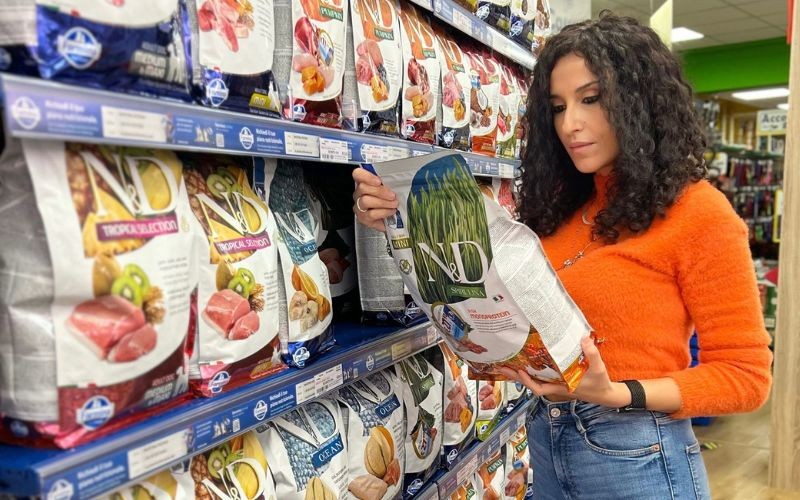
Understanding pet food labels: 6 essential tips for evaluating your pet’s food
Choosing the right food for your pet is crucial for their health and well-being. With so many options available, understanding how to read and interpret pet food labels is essential for making informed decisions.Due to the complexity of the topic and to the different regulations involved, such as European regulations and FEDIAF standards in Europe, and FDA regulations and AAFCO guidelines in the USA, we have chosen six tips that can help you make well-informed choices, regardless of your location.
- Analyze the ingredient list: As the first step in evaluating your pet’s food, it is important to look at the ingredients that make up a certain food product. The ingredients list is where you’ll find the key components of pet food. Ingredients are listed in descending order by weight, with the heaviest ones listed first. It's crucial to note that this weight is considered prior to the production process, so it includes a consistent amount of moisture, making it challenging at times to discern the primary contributors to the diet on a dry matter basis. As a result, it's essential to analyze the top ingredients collectively, together with the analytical components, rather than placing undue emphasis on the first ingredient alone.
- Evaluate the analytic compounds: After reviewing the ingredient list, it is important to evaluate the analytic compounds. This step provides valuable insights into the nutritional composition of the food and helps you make informed decisions about your pet's diet. By undertaking this evaluation, you can determine the percentage of protein, fat and fiber (among others) the food is made of and will be able to evaluate if it meets your expectations.
For instance, a general approach to identifying a quality diet could be seeking food with a high protein content. In other cases, you may have to address specific needs, such as weight management or digestive issues, so may want to make sure that the formula contains adequate fiber content.
- Integrate the ingredient list with analytical compounds: After reviewing the ingredient list and confirming that your pet's food aligns with your expectations regarding analytical levels, correlate these two sets of data. This method enables you to understand how ingredients influence analytical levels, empowering you to evaluate the genuine quality of the food.
- Emphasize transparency and clarity: While examining ingredient lists, prioritize labels that explicitly detail each individual ingredient. Be aware of labels employing generic terms such as "grains" or "slaughterhouse by-products" and that do not offer a clear understanding of what your beloved furry friend is truly consuming.
- Check the primary protein source: Verify whether the primary source of protein is of animal or vegetable origin. Evaluate the inclusion of legumes or other protein-rich vegetables in the composition. If present, there's a likelihood that a significant portion of the protein quota is of plant origin. This may pose a concern, as plant-based proteins often lack all the essential amino acids, such as taurine, required for the optimal health of dogs and cats, which in contrast are present in proteins of animal origin.
- Feeding guides – a good starting point: although useful, we recommend using feeding guides as general recommendations as they may not consider individual factors like breed, behavior, age, lifestyle, and eventual special cares.
For a more personalized and detailed feeding plan tailored to your pet's unique requirements contact your local Farmina Nutrition Consultant or download the Farmina Genius App.
By following these tips, you can navigate the complexities of pet food labels, ensuring your furry friend receives a nutritionally balanced diet that meets their specific needs.

